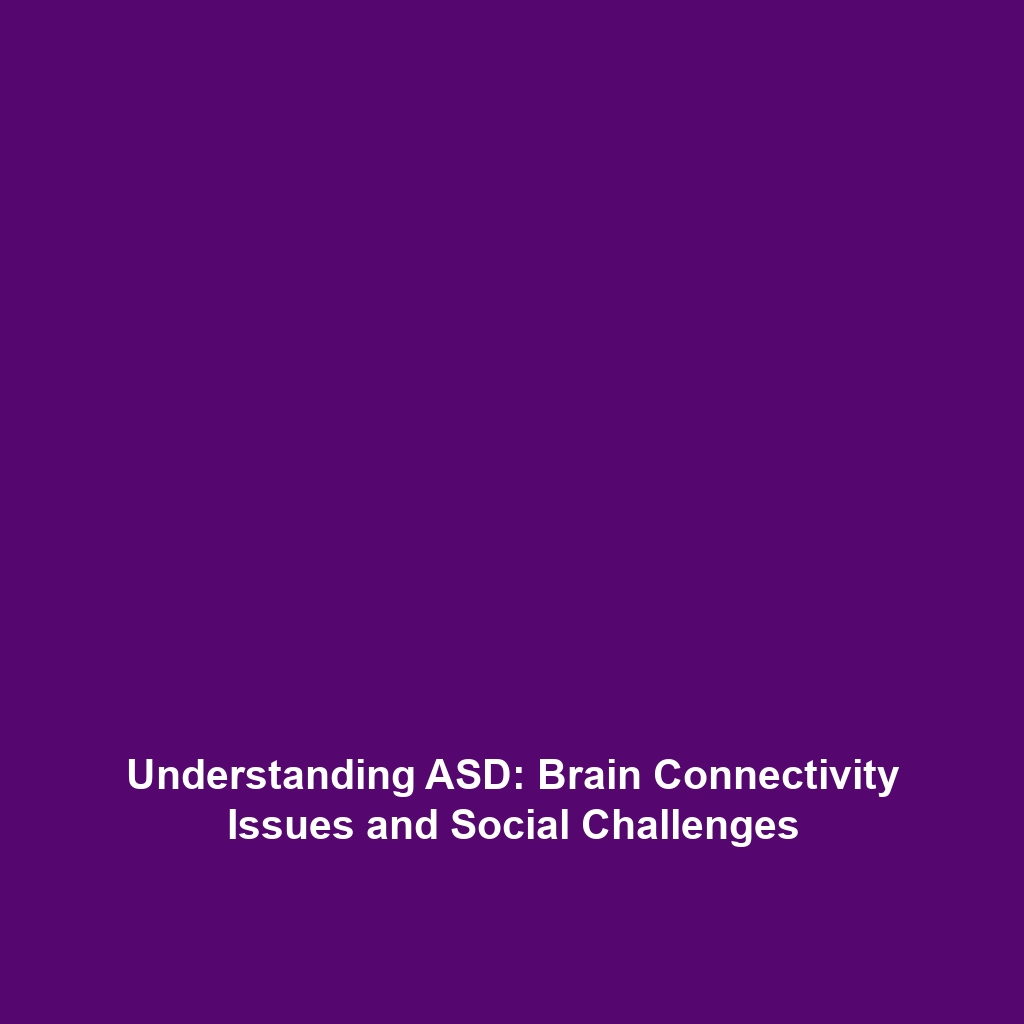Schizophrenia: Understanding a Complex Disorder through the Lens of Biomechanics
Introduction
Schizophrenia is a complex mental health disorder that manifests through disrupted thought processes, hallucinations, and impaired social functioning. It is hypothesized that imbalances in dopamine and glutamate systems play a crucial role in its development. This article aims to delve into schizophrenia from a biomechanical perspective, highlighting how physical and neural factors interact to influence cognitive processes and behavior. By exploring the underlying mechanisms of schizophrenia, we can gain insights into the significance of biomechanics in understanding and treating this disorder.
Key Concepts
The Mechanisms of Schizophrenia
To understand schizophrenia, it is essential to explore its key concepts:
- Dopamine Dysregulation: Dopamine is a neurotransmitter integral to reward, motivation, and enjoyment. Dysregulation in dopaminergic pathways is often linked to schizophrenia symptoms.
- Glutamate Imbalance: Glutamate, another crucial neurotransmitter, is involved in cognitive functions. Abnormal glutamatergic transmission has been implicated in psychotic symptoms.
- Biomechanics of Neural Function: The study of biomechanics provides insights into how neural structures and functions are affected by physical conditions and can influence the presentation of schizophrenia symptoms.
Applications and Real-World Uses
The implications of understanding schizophrenia through the lens of biomechanics are significant. Here are some applications to consider:
- Rehabilitation Programs: Engaging patients in physical activities can help improve their motor skills and overall functioning.
- Neurofeedback Training: Utilizing biomechanics to analyze brain activity through real-time feedback, assisting in the treatment of cognitive deficits.
- Assistive Technologies: Developing tools that consider the biomechanics of individuals with schizophrenia can enhance their daily living and social interactions.
Understanding how schizophrenia affects biomechanical functions is crucial for creating effective interventions and support systems.
Current Challenges
Despite advancements, several challenges persist in studying schizophrenia within the scope of biomechanics:
- Research Limitations: The heterogeneity of symptoms among schizophrenia patients complicates the establishment of universal biomechanical guidelines.
- Funding and Resources: Challenges persist in acquiring adequate funding for comprehensive research that bridges both fields.
- Stigma: The stigma surrounding mental health conditions can hinder recruitment and participation in biomechanical studies.
Future Research and Innovations
Future research promises exciting developments in understanding schizophrenia’s biomechanics:
- Brain Imaging Technologies: Advancements in imaging, such as functional MRI, will allow for a clearer view of biochemical and biomechanical interplay.
- Wearable Devices: Innovations in wearable tech can monitor physical symptoms, allowing for tailored intervention strategies.
- Virtual Reality (VR): VR applications could provide immersive experiences for therapeutic settings, aiding in social skill development.
Conclusion
In conclusion, exploring schizophrenia through the lens of biomechanics offers invaluable insights into the nature of cognitive disorders. The interplay of neurotransmitter imbalances and biomechanical factors lays the groundwork for potential therapeutic applications and enhances our understanding of schizophrenia’s complexity.
For more information on related topics, consider exploring our articles on dopamine-related disorders and the role of biomechanics in healthcare. Together, these readings can enrich your understanding of the dynamic relationship between biomechanics and mental health.
This article is structured for clarity and optimized for search engines while conveying essential information about the complex relationship between schizophrenia and biomechanics. The use of relevant keywords and organized sections will aid in discoverability and readability.

